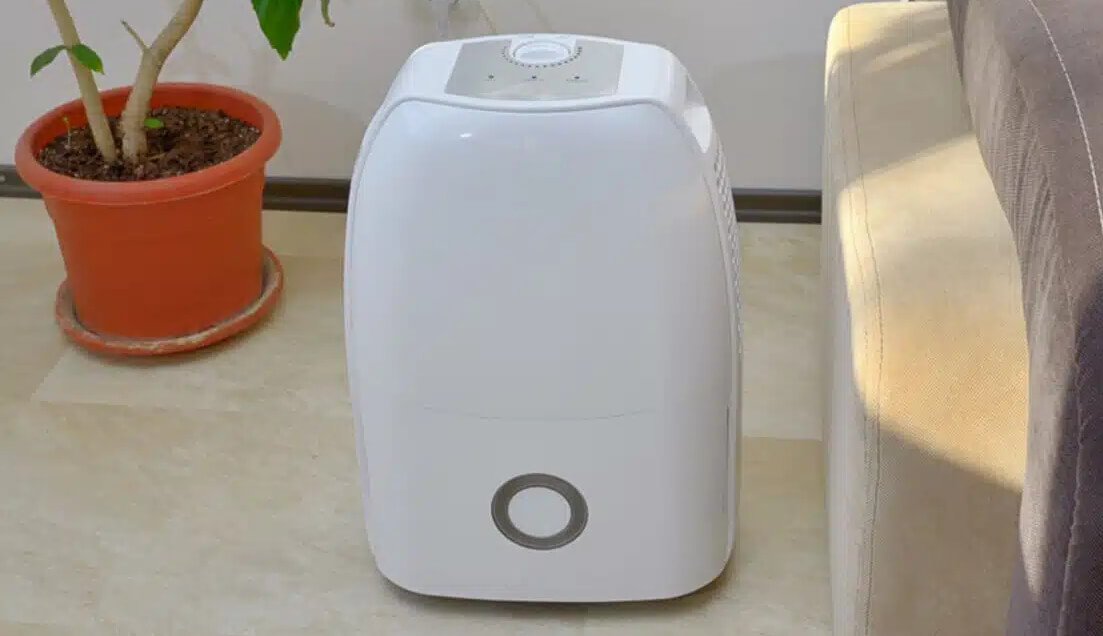Even as DOE continues to miss deadlines for updating efficiency standards, consumers are still seeing energy and dollar savings growing due to standards established prior to the current administration. Two new standards that just took effect will add to those savings by significantly reducing the consumption of two home energy hogs: dehumidifiers and furnace fans.
Dehumidifiers
New standards for dehumidifiers, which DOE finalized in 2016, took effect on June 13. The standards will reduce dehumidifier energy use by about 15-25%. The new standards build on initial standards for dehumidifiers established by Congress in 2005 and updated in 2007.
About 13% of US homes and 25% of homes in the Northeast and Midwest (where basements are common) use a dehumidifier. Typical dehumidifiers used in homes today can consume more than 800 kilowatt-hours (kWh) of electricity per year. (For comparison, the average U.S. household uses about 12,000 kWh per year.)
DOE estimates that the new standards will save consumers about $100 to $140 on average over the life of a dehumidifier. The standards can be met by using more-efficient compressors and larger heat exchangers.
Consumers who are looking to purchase an even more efficient dehumidifier can select an ENERGY STAR model. An updated ENERGY STAR specification for dehumidifiers, which will take effect in October, will identify models that are 10-20% more efficient than those that just meet the new DOE standards. Manufacturers already have products available that meet and exceed these higher levels.
Furnace fans
On July 3, the first national standards for furnace fans took effect. DOE finalized the standards back in 2014. Furnace fans circulate heated and cooled air throughout a home. Typical furnace fans used in homes today consume about 1,000 kWh of electricity per year, or more than twice as much as an average new refrigerator. And yet, until now, furnace fans did not have to meet any efficiency performance requirement. The new standards will cut electricity use by about half.
Most furnace fans come as part of a furnace. But in homes with central air conditioning, the fan circulates cooled air during the summer in addition to the heated air during the winter.
The main way to improve furnace fan efficiency is by using more-efficient motors. Typical furnace fans in homes today use permanent split capacitor (PSC) motors. Brushless permanent magnet (BPM) motors are much more efficient. The new standards will save an average consumer about $340 to $500 over the life of a furnace fan.
DOE’s missed deadlines and future savings
Even as existing efficiency standards for a range of common products are already saving the average U.S. household about $500 each year on their utility bills, there is still huge potential for additional future savings. Our 2016 report, Next Generation Standards, found that updates to existing standards could save consumers and businesses about $43 billion each year on their utility bills by 2035. But DOE has already missed 18 legal deadlines for considering updates to current standards for products such as refrigerators, clothes washers, and commercial water heaters. Unless DOE gets back on track, consumers and businesses will be missing out on significant additional future savings.





